NFT Trends 2025: Exploring Blockchain Use Cases Beyond the Hype
NFT Trends 2025: Exploring Blockchain Use Cases Beyond the Hype
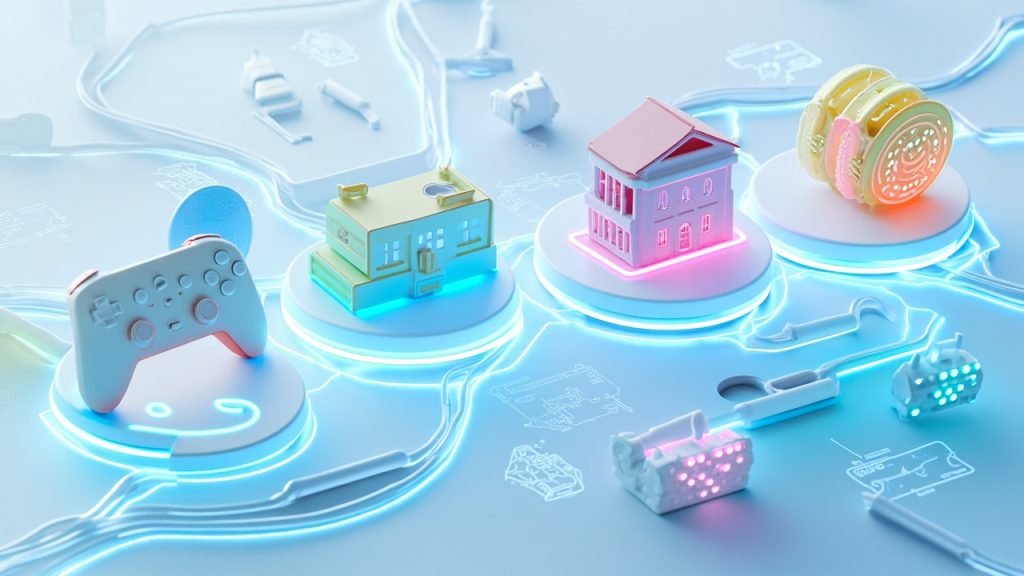
The world of Non-Fungible Tokens (NFTs) has rapidly evolved since its initial surge in popularity, moving beyond mere digital art and collectibles. As we approach 2025, the NFT landscape is poised to undergo significant transformation, driven by advancements in blockchain technology and increasing demand for unique digital assets. This article delves into the top NFT trends shaping the future, exploring potential use cases that extend far beyond the hype.
Understanding NFTs and Their Evolution
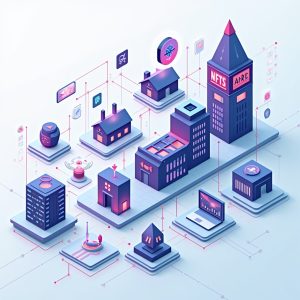
What Are Non-Fungible Tokens?
Non-fungible tokens, or NFTs, are unique digital assets that represent ownership of items—both digital and physical—on a blockchain. Unlike cryptocurrencies such as Ethereum, where each token is interchangeable, every NFT is unique and verifiable. This uniqueness is guaranteed by the smart contract that governs the NFT, making it tamper-proof. NFTs enable new models of digital ownership and empower both creators and collectors in the evolving Web3 economy.
The Rise of NFTs in the Digital Space
The NFT space experienced explosive growth, initially fueled by digital art and projects like CryptoPunks. Marketplaces such as OpenSea enabled creators to mint NFTs and sell them to a global audience. The ability to tokenize anything—from art and music to real-world documents—made NFTs attractive to artists, celebrities, and investors alike. Blockchain infrastructure ensures authenticity and traceable ownership, expanding the utility of NFT platforms.
Key NFT Trends Leading to 2025
Experts forecast a transition from speculative collectibles to real-world applications. In 2025, NFT trends focus on practical use cases, such as the tokenization of physical assets (e.g., real estate), dynamic NFTs that evolve based on real-world inputs, and NFTs in Web3-enabled games and platforms. Use cases are rapidly diversifying into finance, identity, supply chains, and loyalty systems. These trends indicate NFTs are evolving into foundational components of the digital economy.
Key NFT Trends 2025: Gaming, DeFi & Identity
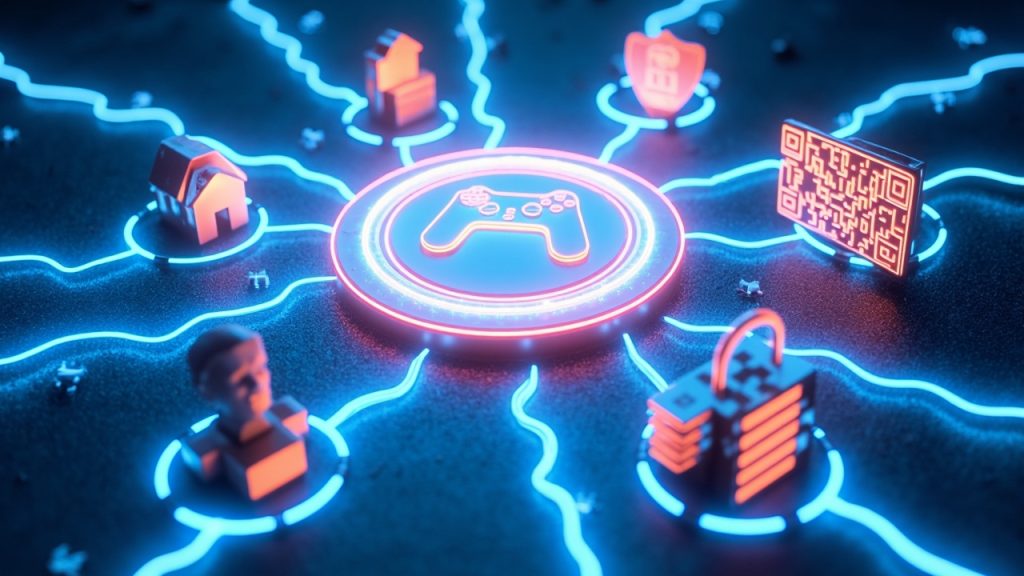
NFTs in the Gaming Industry
The gaming industry is set to revolutionize its infrastructure through NFT integration. In 2025, NFTs are expected to serve as true digital assets within games—allowing players to own, trade, or sell in-game items across platforms. These NFTs bring real value to gaming economies while offering game developers new monetization models. The future of digital ownership is strongly tied to blockchain gaming and decentralized identity.
Tokenization of Real-World Assets
Among the most transformative NFT trends is the tokenization of real-world assets. This involves converting assets such as real estate, art, or intellectual property into blockchain-verified NFTs. Investors may soon own fractional shares of buildings or land as NFT tokens. These tokens provide liquidity, transparency, and global accessibility, disrupting traditional investment markets. The trend toward asset-backed NFTs is expected to accelerate in 2025.
Digital Collectibles and Their Impact
Digital art and collectibles remain a central use case. With verifiable scarcity and blockchain-based provenance, NFTs enable a new form of digital culture and value exchange. Communities form around rare assets, creating strong user engagement and status symbols. Platforms like Foundation and SuperRare continue to grow by enabling artist-centric NFT models.
Blockchain and Its Role in NFT Development
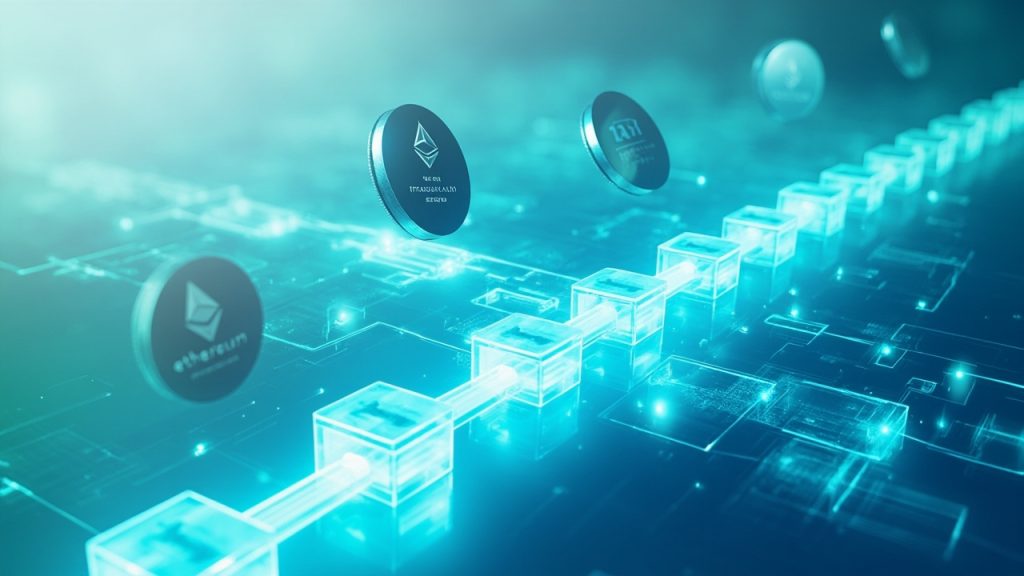
How Blockchain Technology Powers NFTs
Blockchain technology is the core infrastructure behind NFT creation, verification, and transfer. Smart contracts govern the logic and metadata of each NFT, ensuring immutability and traceability. This foundation gives NFTs credibility and durability as long-term digital records. Public blockchains such as Ethereum, Polygon, and Solana are the most commonly used networks for NFTs.
Decentralization and the Future of NFT Marketplaces
Decentralized NFT marketplaces offer lower fees, greater transparency, and more direct relationships between creators and collectors. Platforms like Zora and Rarible are growing as alternatives to centralized platforms. Users can mint and trade NFTs while retaining control over royalties and metadata—key advantages of decentralized ecosystems.
Web3 and the Integration of NFTs
Web3 platforms increasingly integrate NFTs into identity systems, virtual real estate, and social interactions. In the decentralized social media space, NFTs represent profiles, reputation, and access rights. In the metaverse, NFTs are used for land, avatars, and exclusive events. This symbiosis between NFTs and Web3 defines the next phase of internet ownership.
Predictions for the Future of NFTs
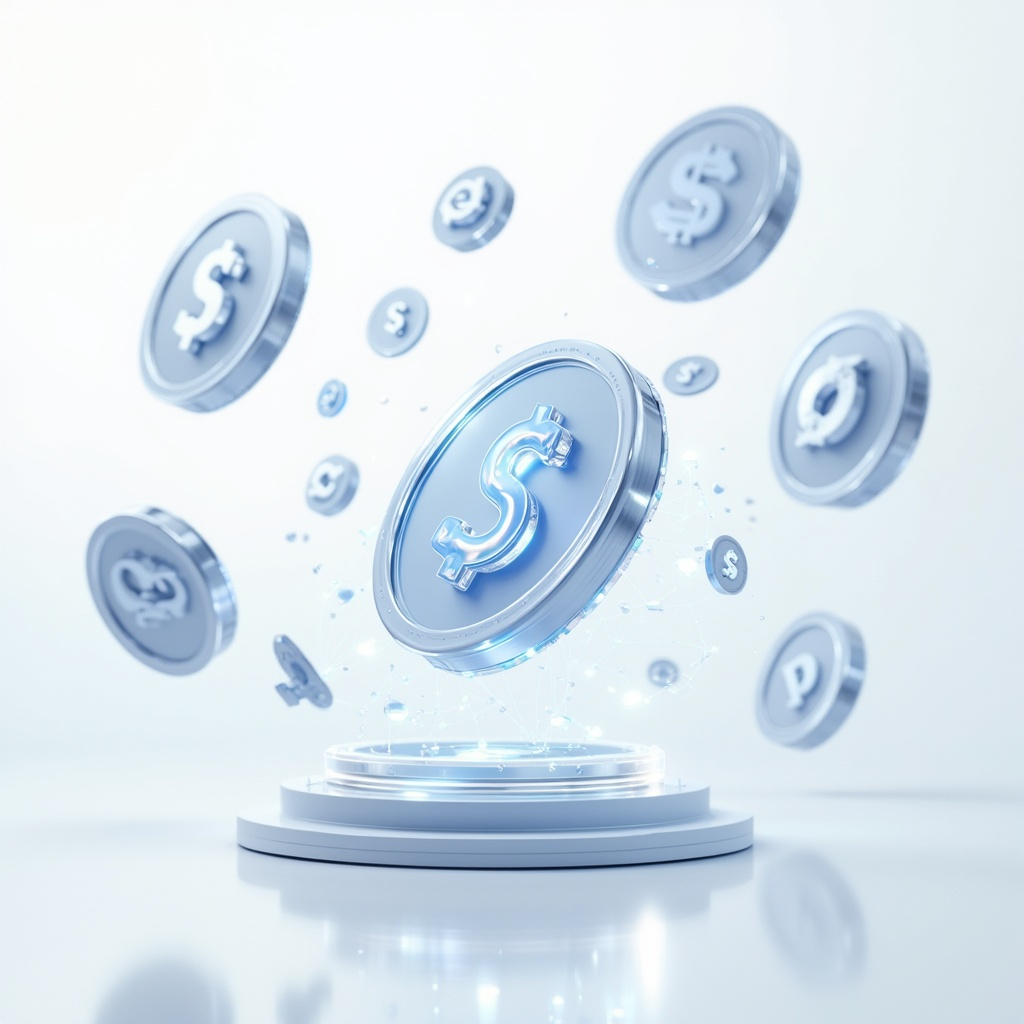
Trends to Watch in the NFT Ecosystem
Emerging trends include dynamic NFTs that change based on external data, NFT-based ticketing for events, and tokenized access passes for online platforms. These innovations increase the utility of NFTs and make them more interactive and programmable. Expect more utility-driven drops from both brands and DAOs.
Top 5 NFT Use Cases to Expect by 2025
- 🎮 Gaming: Cross-platform in-game assets
- 🏠 Real estate: Fractional ownership and on-chain property
- 🧬 Digital identity: Decentralized personal credentials
- 🔗 Supply chain: Product tracking and proof-of-origin
- 💰 DeFi: NFTs as collateral, staking, and yield farming
Beyond Art: NFTs in Various Industries
Industries beyond art are embracing NFTs. Musicians tokenize albums and access; fashion brands launch digital wearables; real estate is testing NFT-based ownership records. Even supply chains leverage NFTs for product lifecycle traceability. These are signals that NFTs are not just a trend—they are becoming core Web3 infrastructure.
Challenges and Opportunities in the NFT Space
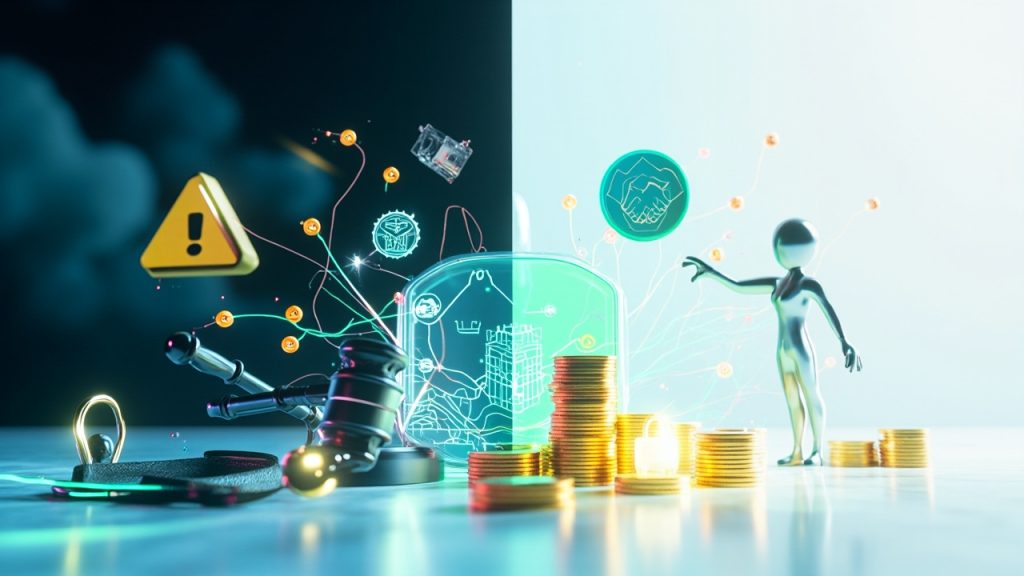
Overcoming Regulatory Hurdles
Governments and regulators are still determining how NFTs fit into existing frameworks. Questions around securities classification, taxes, and AML compliance remain unresolved. Success in 2025 will depend on the industry’s ability to implement self-regulation and adopt standards that align with global legal norms.
Market Volatility and Its Impact on NFT Value
As a relatively new asset class, NFTs are prone to hype cycles and price swings. Projects that deliver genuine utility and community value tend to perform better long-term. Investors should evaluate rarity, project vision, and NFT-Fi mechanisms for sustainable growth.
Innovations Driving the Future of NFTs
Fractional ownership, dynamic attributes, and cross-platform interoperability are among the most promising NFT innovations. Combined with AI and smart contract automation, these tools expand the scope of NFTs in finance, entertainment, and governance.
🔍 Growth Log Entry: This article was updated and optimized using NeuronWriter + Rank Math SEO. Final score: 89/100. Focus keyword: NFT trends 2025. Published: May 2025.
📬 Stay Ahead in Web3
Join our newsletter to get weekly insights on NFTs, DeFi, and Web3 trends — straight to your inbox.
🚀 Connect With Us
📬 Stay Updated on Web3 Careers
Join our newsletter to get weekly tips, job openings, and tools for Web3 professionals.
💸 Start Earning with CryptoNav
Explore top crypto platforms, claim welcome bonuses, and support our work through affiliate links:

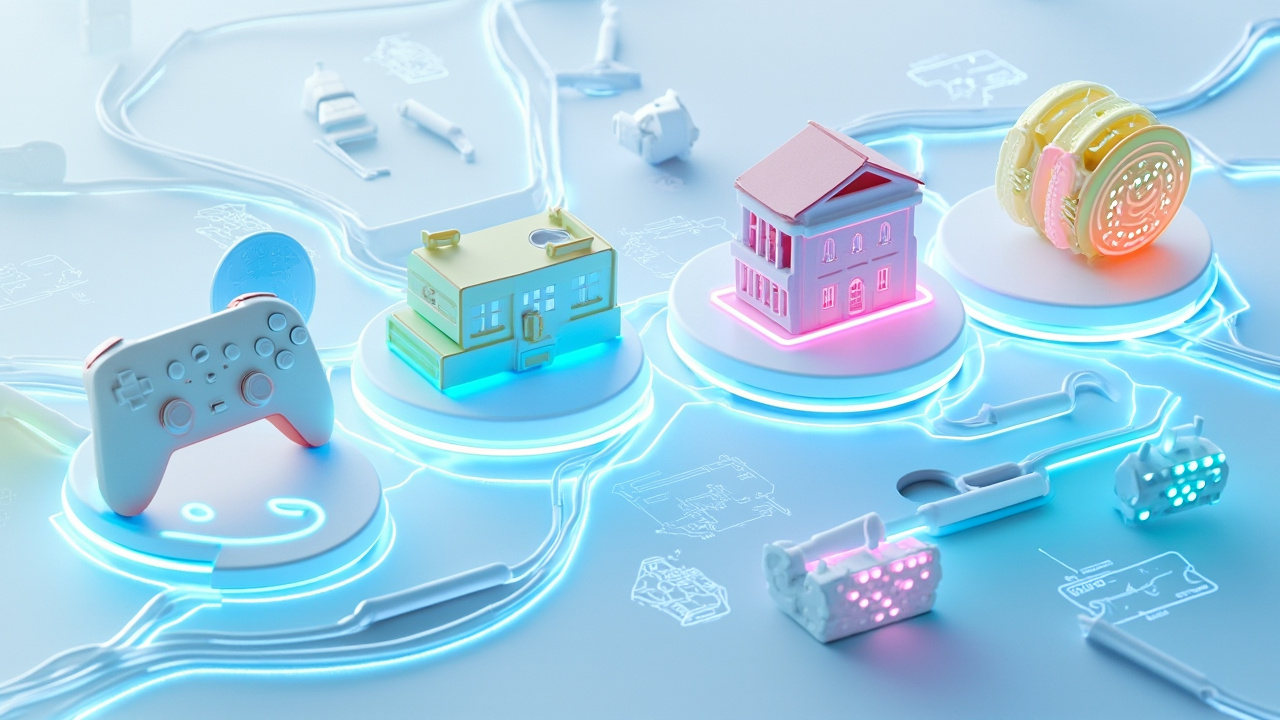
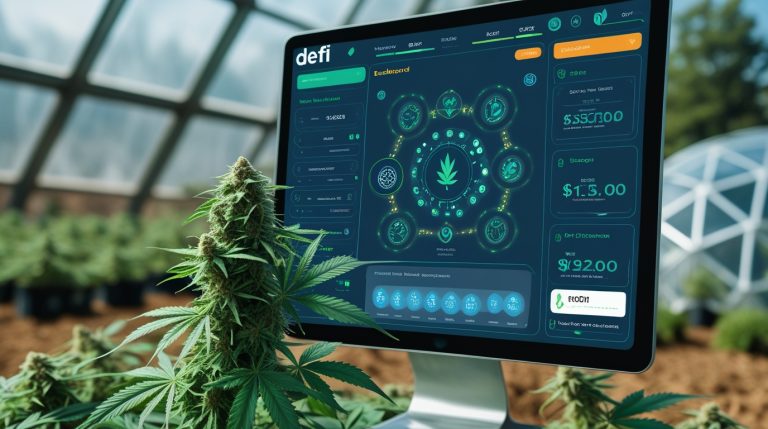
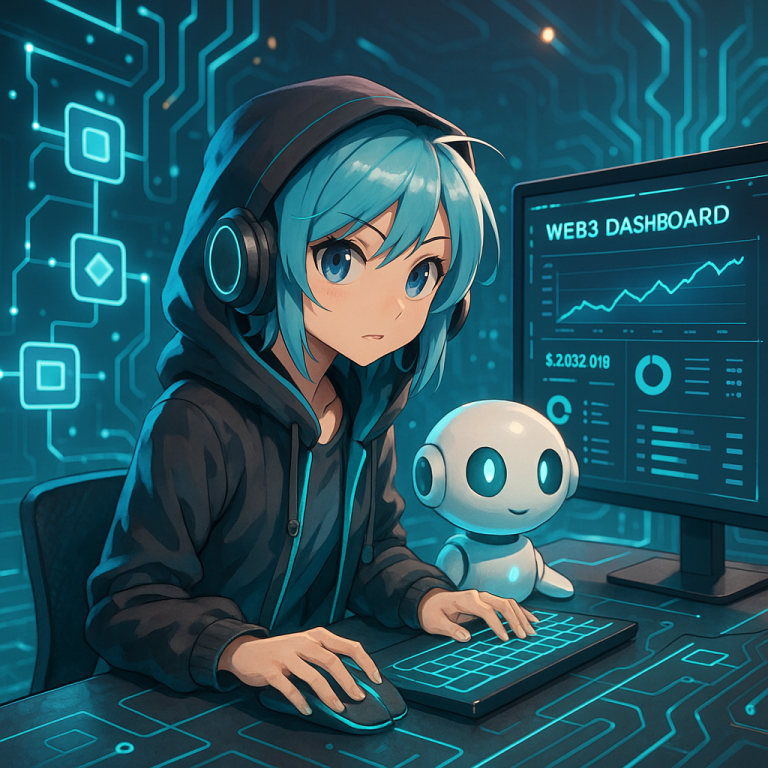
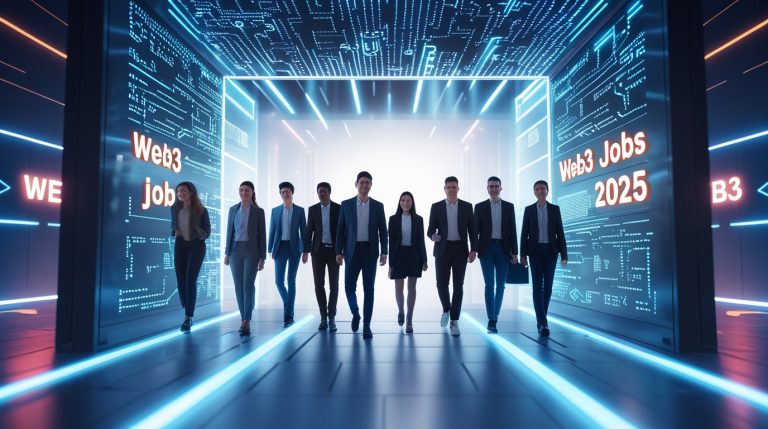

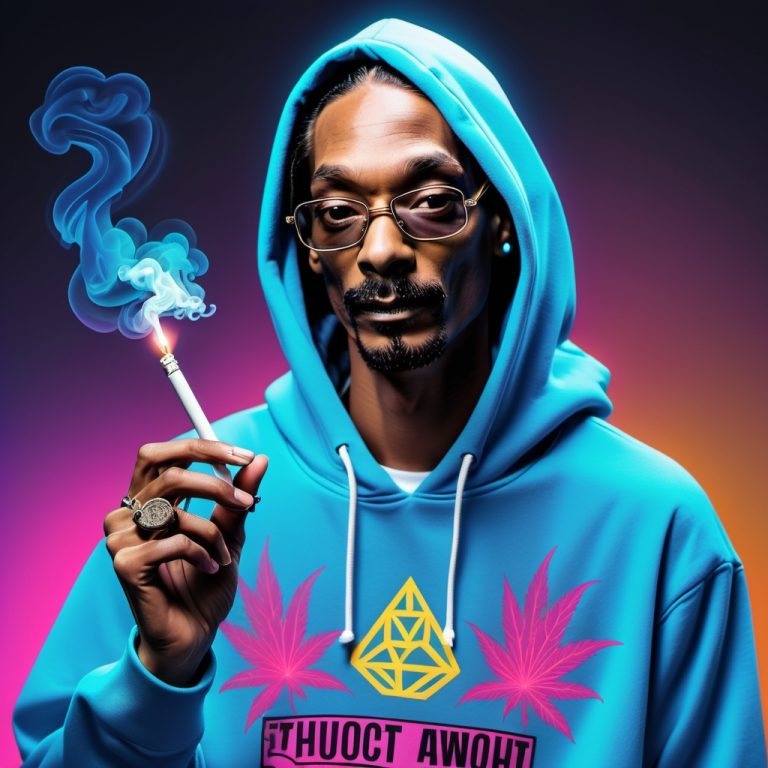
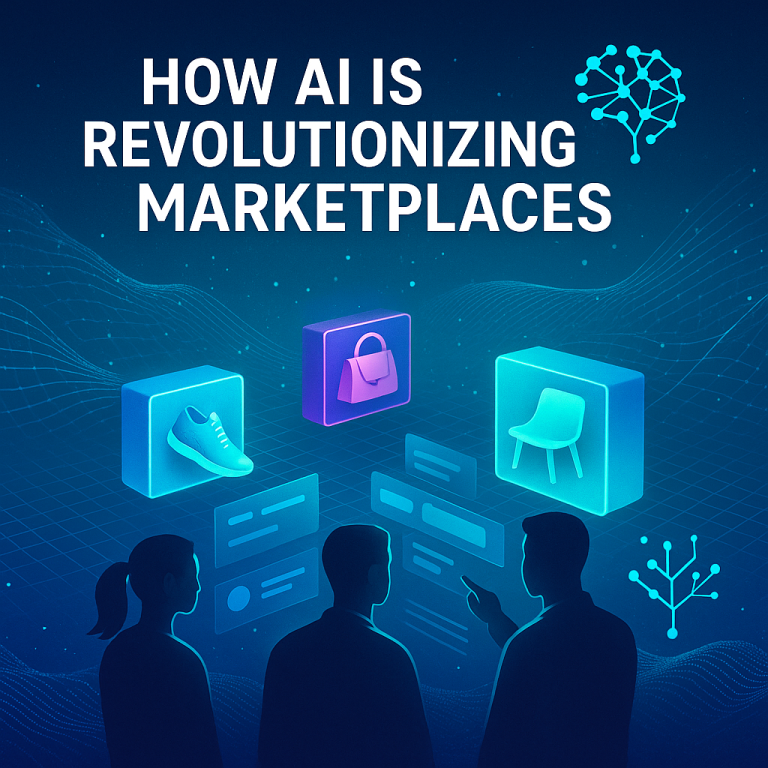
One Comment